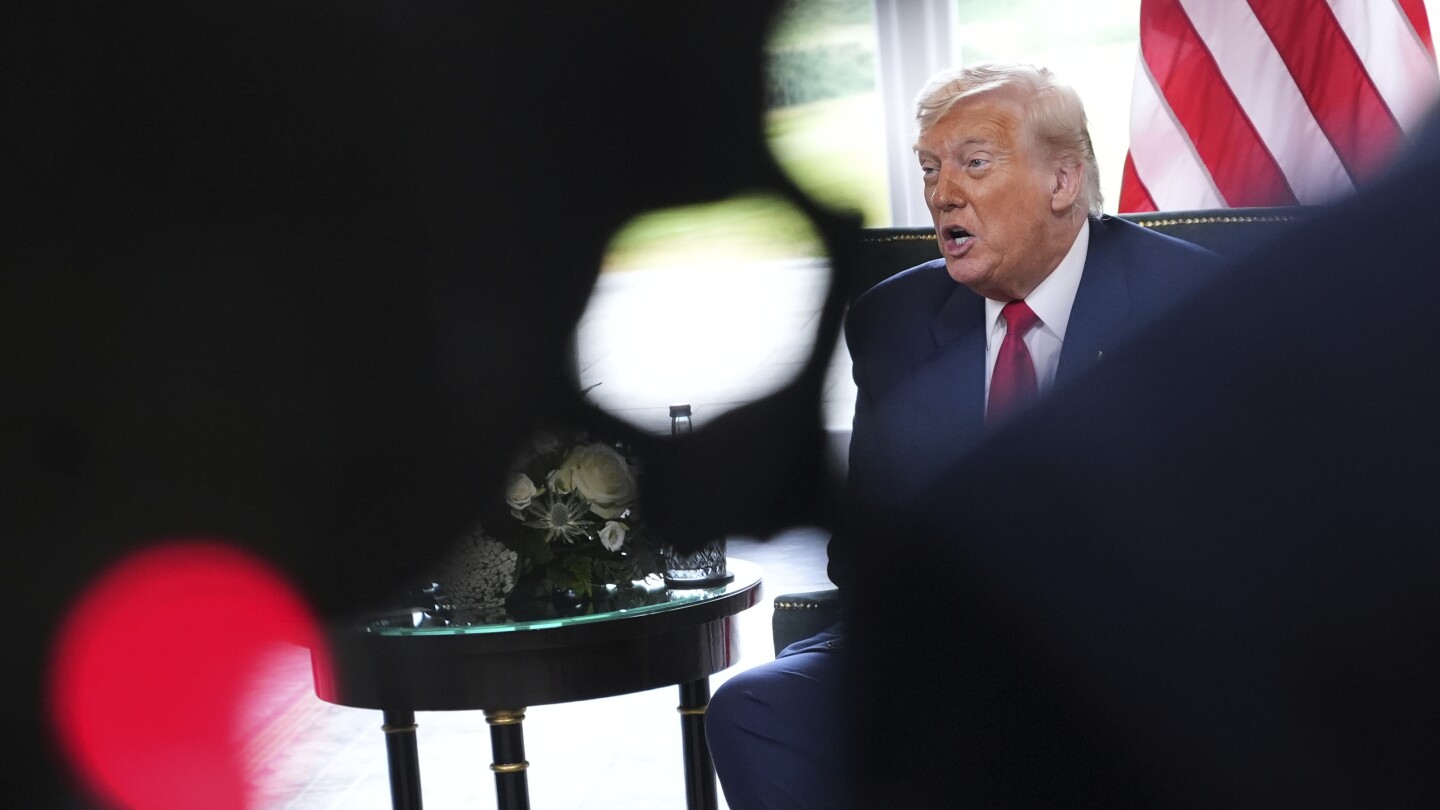President Donald Trump on Thursday signed an executive order that set new tariffs on a wide swath of U.S. trading partners to go into effect on Aug. 7 — the next step in his trade agenda that will test the global economy and sturdiness of American alliances built up over decades.
The order was issued shortly after 7 p.m. on Thursday. It came after a flurry of tariff-related activity in the last several days, as the White House announced agreements with various nations and blocs ahead of the president’s self-imposed Friday deadline. The tariffs are being implemented at a later date in order for the rates schedule to be harmonized, according to a senior administration official who spoke to reporters on a call on the condition of anonymity.
Other tariff news we’re following:
Questions swirl around the tariffs despite Trump’s eagerness: As the clock ticked toward Trump’s self-imposed deadline, few things seemed to be settled other than the president’s determination to levy the taxes he has talked about for decades. The very legality of the tariffs remains an open question as a U.S. appeals court on Thursday heard arguments on whether Trump had exceeded his authority by declaring an “emergency” under a 1977 law to charge the tariffs, allowing him to avoid congressional approval.Dozens of countries with no deals face new tariffs as trade deadline looms: Some of the United States’ biggest trading partners have reached agreements, or at least the outlines of one, including the European Union, the United Kingdom, and Japan. Even so, those countries face much higher tariffs than were in effect before Trump took office. And other large trading partners — most notably China and Mexico — received an extension to keep negotiating, but they will likely end up paying more.Trump orders a 35% tariff for goods from Canada, citing a lack of cooperation on illicit drugs: Trump has raised the tariff rate on U.S. imports from Canada to 35% from 25%, effective Friday. The announcement from the White House late Thursday said Canada had failed to “do more to arrest, seize, detain or otherwise intercept … traffickers, criminals at large, and illicit drugs.”

